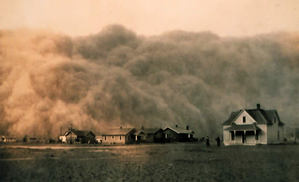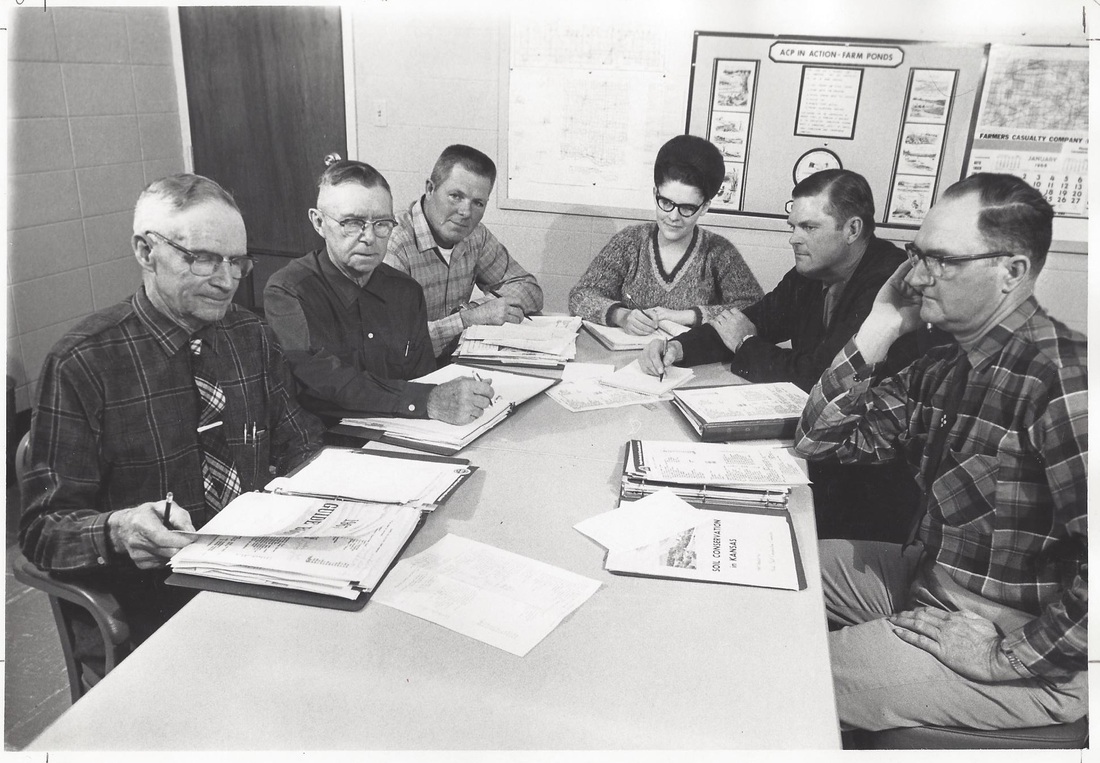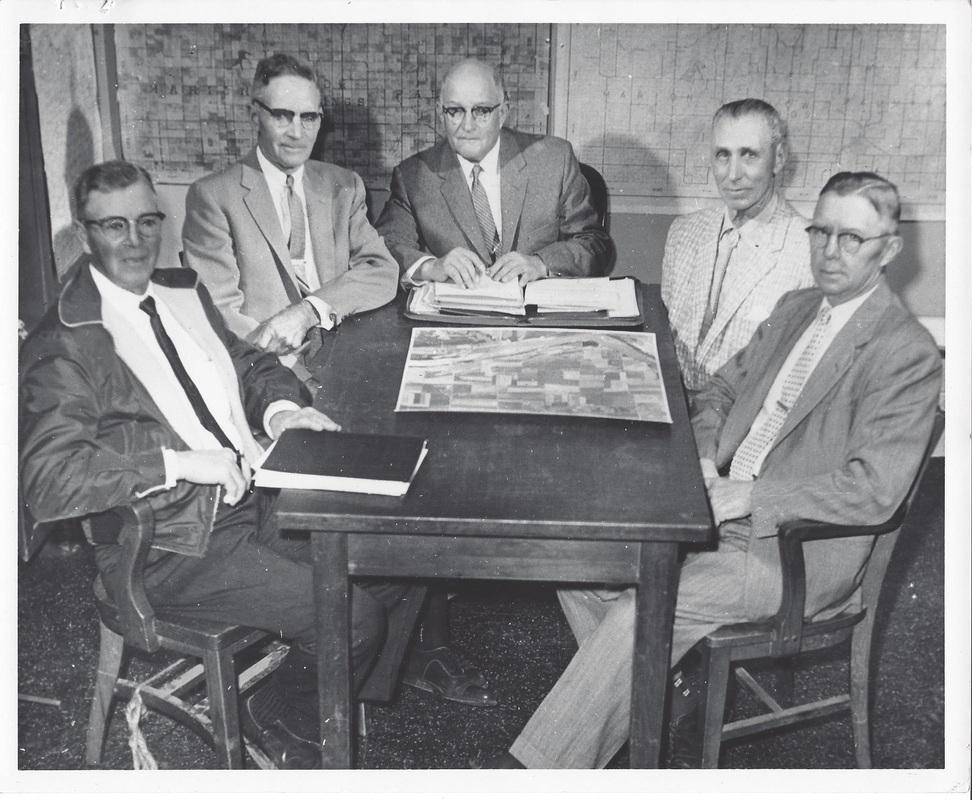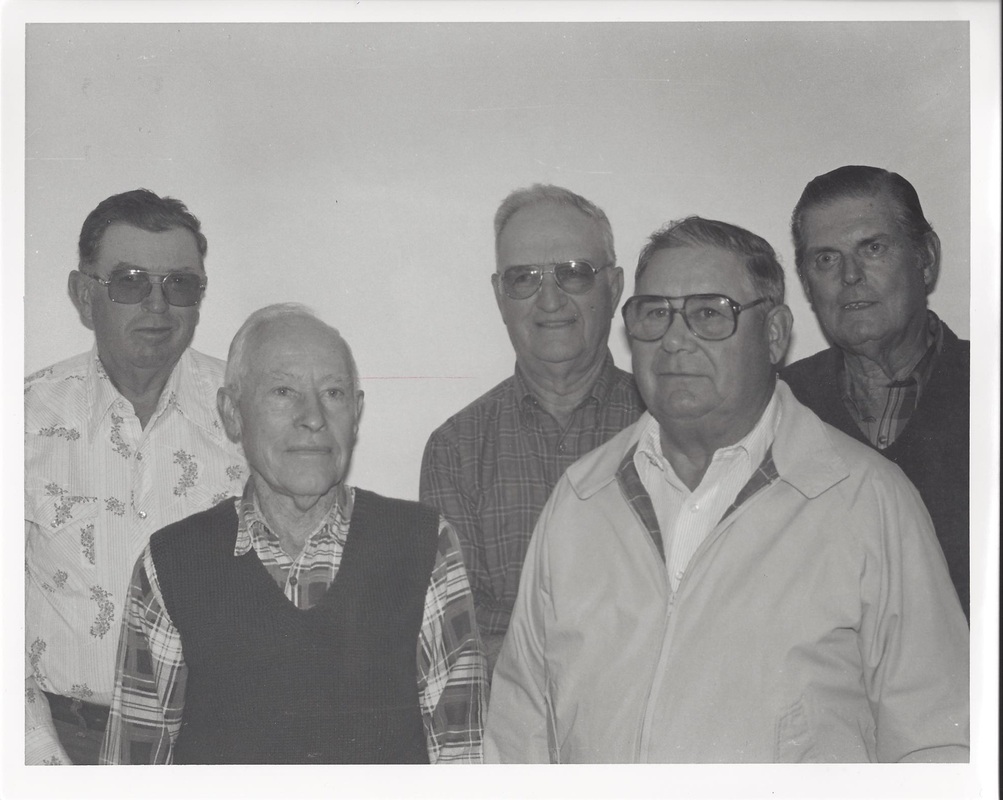|
The Douglas County Conservation District was formed by farmers and landowners at referendum held on August 17-20, 1945. Most farmers believed that a soil conservation district would be of great help in solving the serious erosion problems of the county. Two farmers, Emil Heck of Lawrence and Wilson Counts of Baldwin, were appointed supervisors by the State Soil Conservation Committee. On January 4, 1946, Homer Gerstenberger of Eudora, George Butell of Baldwin and Leslie Dermeritt of Clinton were elected as supervisors. |



